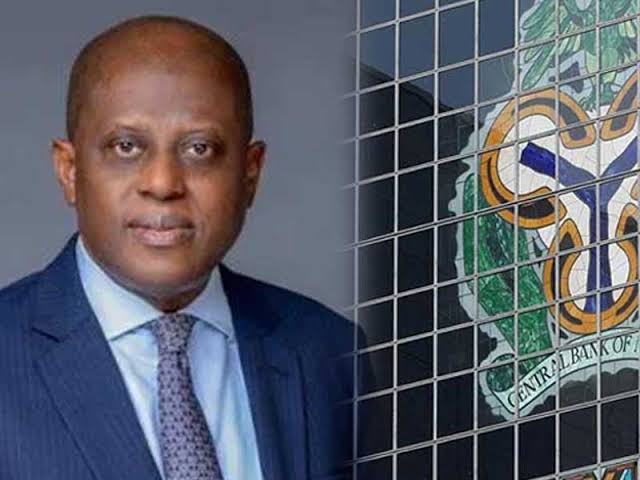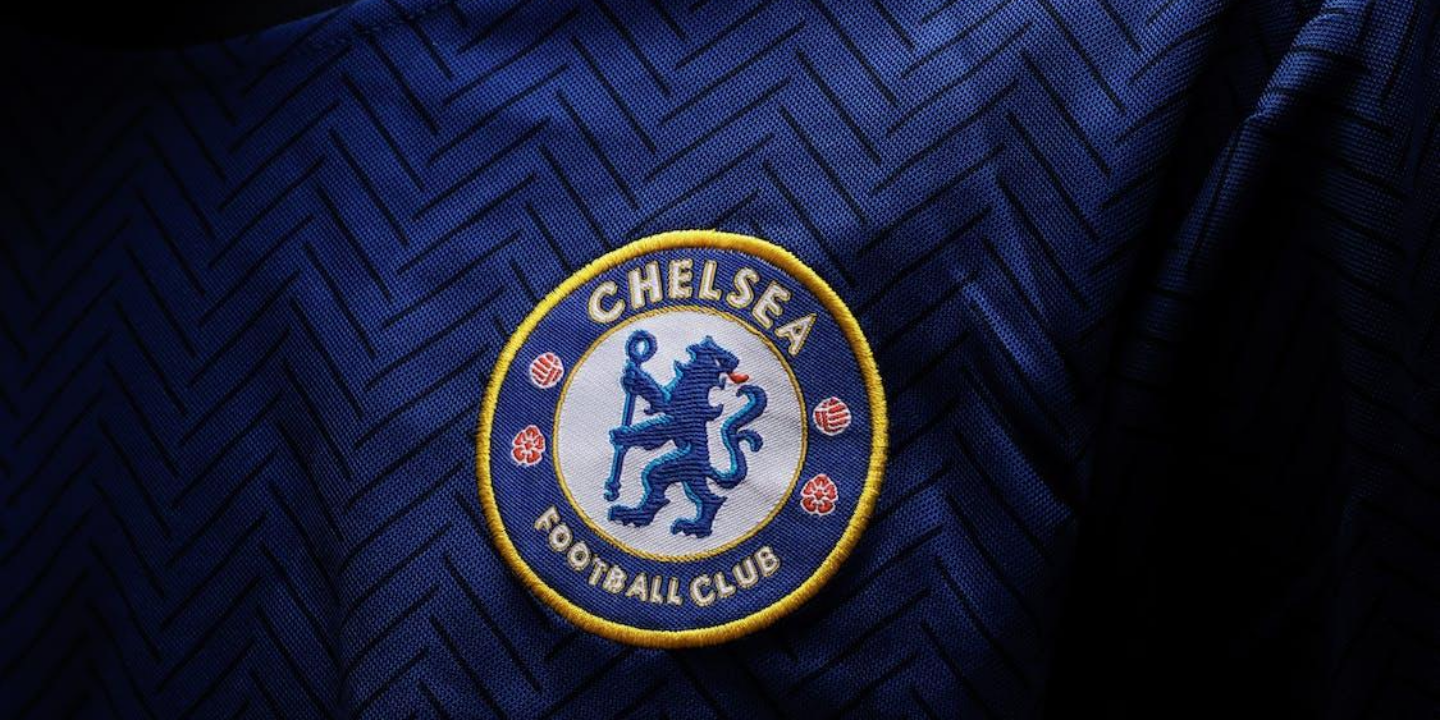CAPE CANAVERAL: A second attempt at launching Boeing’s new Starliner space capsule on its inaugural test flight with NASA astronauts on board was automatically halted with minutes to go before liftoff by a computer-abort system, mission officials said.
The scrubbed launch, capping a string of 11th-hour technical issues that ground teams worked through and resolved earlier in the countdown, adds another indefinite delay for the highly anticipated and much-delayed test flight.
The next available launch window for the mission is Sunday at about noon local time, but NASA said in a statement on Saturday that mission officials would forgo that opportunity, without setting a new date. The next available chances to launch are Wednesday, June 5, and Thursday, June 6.
“We got really close today,“ said Steve Stich, manager of NASA’s commercial crew program.
“I know it’s a little disappointing, we were all excited. This is kind of the way spaceflight is,“ he said.
The postponement on Saturday was triggered by computers on the Atlas V rocket’s launchpad that coordinate the final moments before liftoff. The Starliner capsule appeared healthy, officials said.
At a news conference after the postponement, executives from Boeing and United Launch Alliance (ULA), the Boeing-Lockheed Martin joint venture that owns the Atlas V rocket, hoped a review of the computers Saturday night would allow for a launch on Sunday.
“We’ll take either that opportunity or the next one to come,“ Mark Nappi, a Boeing vice president, told reporters.
The decision to forgo the launch opportunity on Sunday, NASA’s statement said, would “give the team additional time” to assess the issue.
The CST-200 Starliner’s first crewed voyage to the International Space Station (ISS), with two astronauts aboard, remains a key milestone for Boeing as it scrambles to gain a greater share of lucrative NASA business now dominated by Elon Musk’s SpaceX.
The gumdrop-shaped Starliner capsule had stood ready for blast-off from NASA’s Kennedy Space Center in Florida, perched atop the Atlas V.
But with three minutes and 50 seconds left in the countdown clock after the final “go” for launch was given by the flight director, a ground system computer triggered an automatic abort command that shut down the launch sequence, according to mission officials.
LOOKING FOR THE GLITCH
ULA Chief Executive Tory Bruno said the leading causes would be “either a hardware problem or a network communication” issue between three computers that control automated launch systems.
The first attempt by Boeing to send an uncrewed Starliner to the space station in 2019 failed due to software and engineering glitches. A second try in 2022 succeeded, paving the way for efforts at getting the first crewed test mission off the ground.
A May 6 countdown was halted just two hours before launch time over a faulty pressure valve on the Atlas V upper stage, followed by weeks of further delays caused by other engineering problems, since resolved, on the Starliner itself.
The two-member crew, NASA astronauts Barry “Butch” Wilmore, 61, and Sunita “Suni” Williams, 58, had been strapped into their seats aboard the spacecraft for a couple of hours before launch activities were suspended on Saturday.
Technicians safely assisted the astronauts out of the capsule and away from the launch tower after the flight was scrubbed, returning them to their quarters under quarantine to await the next flight attempt.
It is not uncommon in the space industry for countdowns to be halted at the 11th hour and for launches to be postponed for days or weeks, even when seemingly minor malfunctions or unusual sensor readings are detected, especially in new spacecraft flying humans for the first time.
Boeing, whose commercial airplane manufacturing operations are in disarray after several crises, badly needs a success in space for its Starliner venture, a program several years behind schedule with more than $1.5 billion in cost overruns.
While Boeing has struggled, SpaceX has developed into a dependable space taxi service for NASA, providing the only means of launching the ISS crew to orbit from U.S. soil.
NASA, backing a new generation of privately built spacecraft, sees Starliner as an important second vehicle capable of ferrying astronauts to and from the space station, as well as the moon and eventually Mars under its ambitious Artemis program.
Once launched, the Starliner is expected to arrive at the space station after a flight of about 24 hours and dock with the orbiting research outpost some 250 miles (402 km) above Earth.
Plans call for the two astronauts to remain at the space station for about a week before riding the Starliner back to Earth for a parachute and airbag-assisted landing in the U.S. Desert Southwest, a first for crewed NASA missions.
Getting Starliner to this point has been a fraught process for Boeing under a $4.2 billion fixed-priced contract with NASA that has since swelled to roughly $4.5 billion, according to a Reuters review of contract changes since it was awarded in 2014.

 3 weeks ago
3 weeks ago
















 English (US) ·
English (US) ·